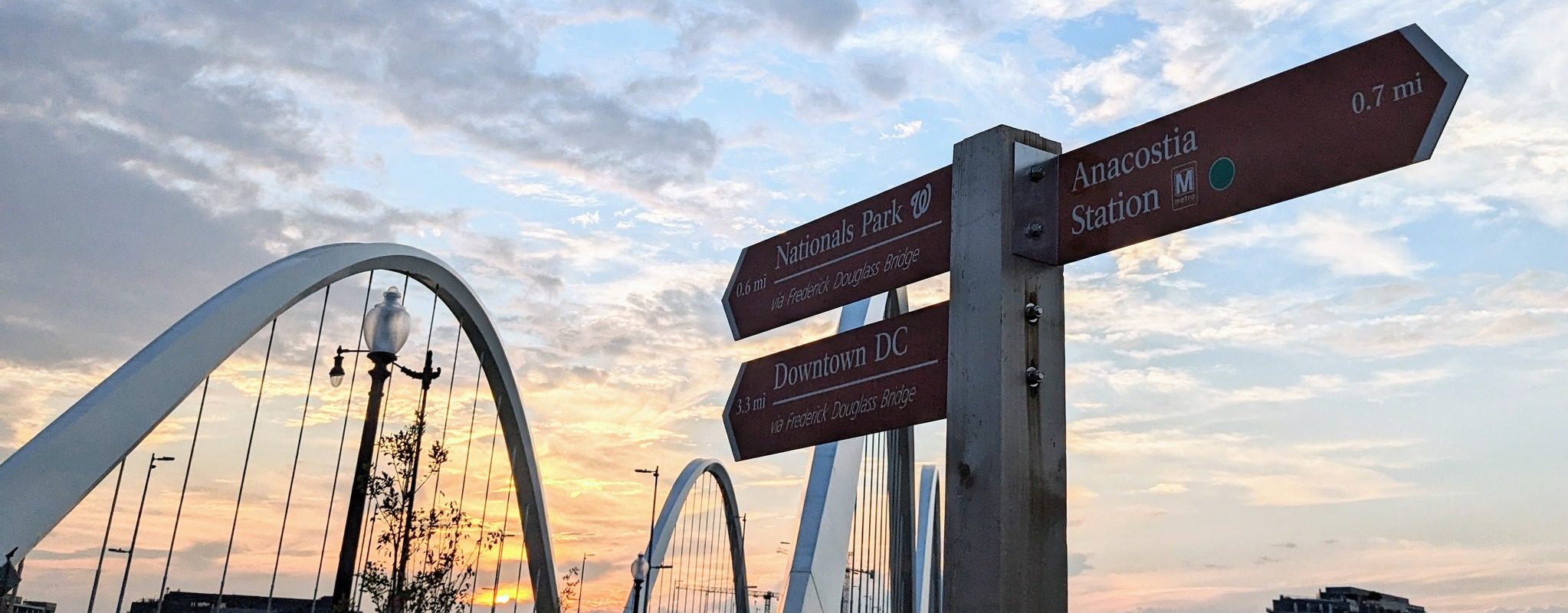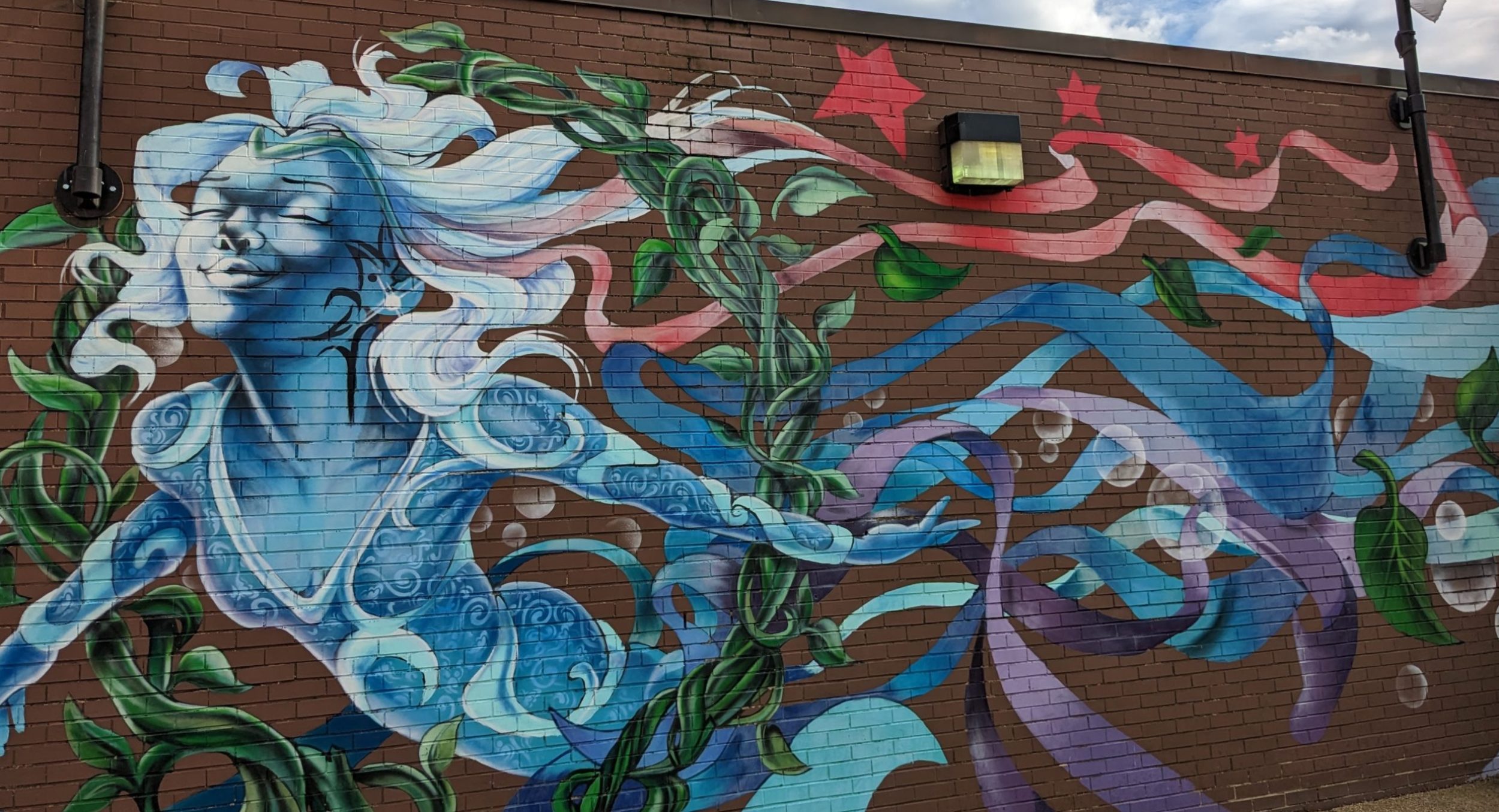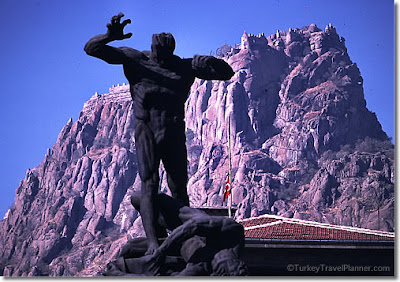The father of modern Turkey had blue eyes. I wouldn’t have guessed that before visiting the country. I was in Turkey in April around a national holiday. Posters of Ataturk hung on the
sides of public buildings and from forts. Those blue eyes stared out from rugs shops and around courtyards.
I saw at least one young man wearing an Ataturk t-shirt, the same kind of photo-on-black cotton ones sold at stadium rock concerts in the U.S. There were Ataturk refrigerator magnets in the markets. Shops sold Ataturk statues that stood about a foot and a half
tall, just the right size to be put on aliving room table. A discount store sold framed Ataturk pictures. I asked my husband to the pose with it. Lucky for me, David is a good sport—and a bit of a ham.
Ataturk died in 1938, about seven years before U.S. President Franklin D. Roosevelt. Have you ever seen a teenager wearing an FDR t-shirt? Even one with FDR with that cigarette holder at a
jaunty angle? Have you seen a shelf of FDR statues at Wal-Mart? Or, even JFK, who died more recently. Have you seen a lot of mass-produced JFK memorabilia at Target?
The two pictures below were taken on a single street in Istanbul. The first
picture shows an ad for a book with a title that translates to Blond
Wolf, a nickname for Ataturk. The author of this book went to Ataturk
High School, according toWikipedia.
Nearby was this display was photos of Ataturk, the general credited with saving the nub of the Ottoman Empire for the Turks after World War I. It doesn’t seem to take it too far to say
there might not be a Turkey without Ataturk.
There were also public statues of Ataturk all over Turkey. He was a soldier credited with fending off an Allies invasion near Istanbul atGallipoli . He then went on to fight to keep
land for Turks, thwarting Greek and Armenian bids for territories where
Greeks and Armenians had long lived. The Ottoman Empire had been a
patchwork of ethnic groups. Turks may have been on top, but they had a
lot of company and didn’t want to lose out when lands were redivided.
Ataturk kept the kernel of the Ottoman Empire, as shown in the map below. He got what he wanted, a Turkey for Turks.
Ataturk often appears on a horse, a common pose for a military leader in many
countries . Then there is the other common Ataturk pose–the “Top Hat
and Tails, Ready for a Night at the Opera” one, the statues where he
looks a little like a magician.
statue in a town on the Bosphorus, the beautiful blue straits around Istanbul.
“And modernize it,” I said.
Ataturk quickly set about making the kind of Turks he wanted for his Turkey.
Western-looking Turks who would abandon the fez and a fluid Arabic-based script in favor of European suits and a Romanized alphabet. And, Ataturk wanted these changes made fast. Below is a picture seen often in Turkey of Ataturk teaching the new alphabet. I saw
tabletop-sized statues of Ataturk in this pose for sale in the town of Antalya.
The general had been called only Mustafa as a boy, following a custom of using only one name. He decided all Turks should have last names. His was to be Ataturk, or Father Turk.
The Ottoman sultans before him sometimes linked their rule to religion, calling it a caliphate. Ataturk got rid of the caliphate and tried to shrink Islam’s place in Turkey. He denounced the wearing of the veil. Much has been written on the irony of Turkey moving closer than ever to
Europe, of getting closer to Ataturk’s dream, under its current leadership, the
governing Justice and Development (AK) Party. This party has leaders who are devout Muslims, a crowd Ataturk didn’t want in public life.
memorials to Ataturk.” The statue, in the town of Afyon, honors the Turks’ victory over the Greeks, showing one man menacing a man writhing on the ground.
Armenians may remember Ataturk even less fondly. His forces set off “the final
chapter of the Armenians in Anatolia,” the name for the peninsula that
now is Turkey. His troops routed the Greek army in 1922 and soon after a fire in a key large Armenian neighborhood in western Turkey drove its residents into exile, says the www.armenian-genocide.org site.
Ataturk in 1936 pressured France to give up a Mediterranean district under its administrative
rule, where 23,000 Armenians lived. France yielded when Turkey sent troops in 1938. Ataturk “died that year having prepared the annexation of the district. His action precipitated the final exodus of Armenians from Turkey in 1939 as most opted for the French offer of evacuation to Syria and Lebanon rather than risk mistreatment yet again,” the site said.
Ataturk, the waltz aficionado who terrorized his neighbors and bullied his own people into modernity. Most people would agree that he was one of the 20th century’s most important men. Try to use other adjectives to describe Ataturk and disagreements could start pretty quickly.




